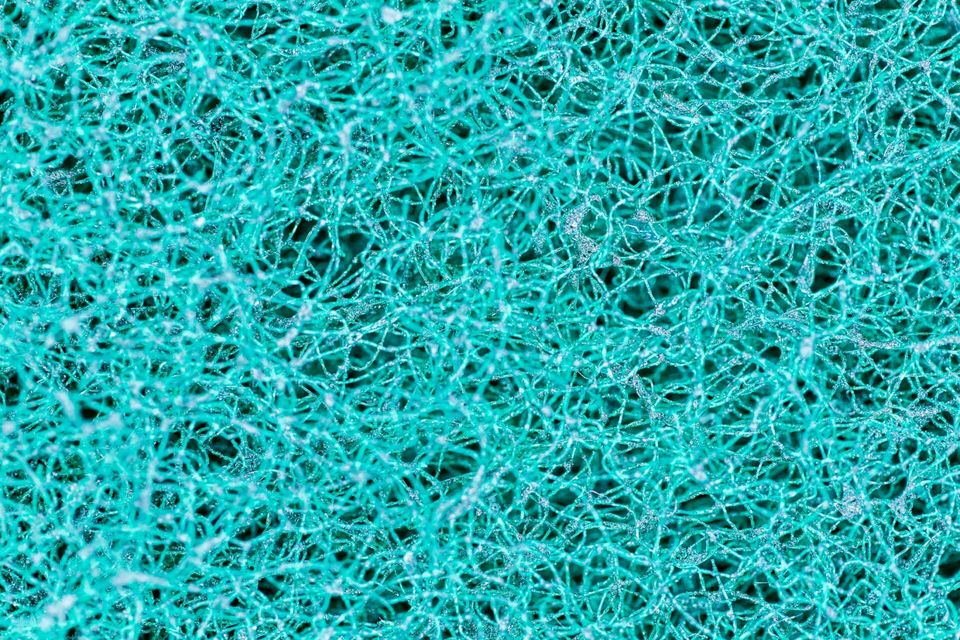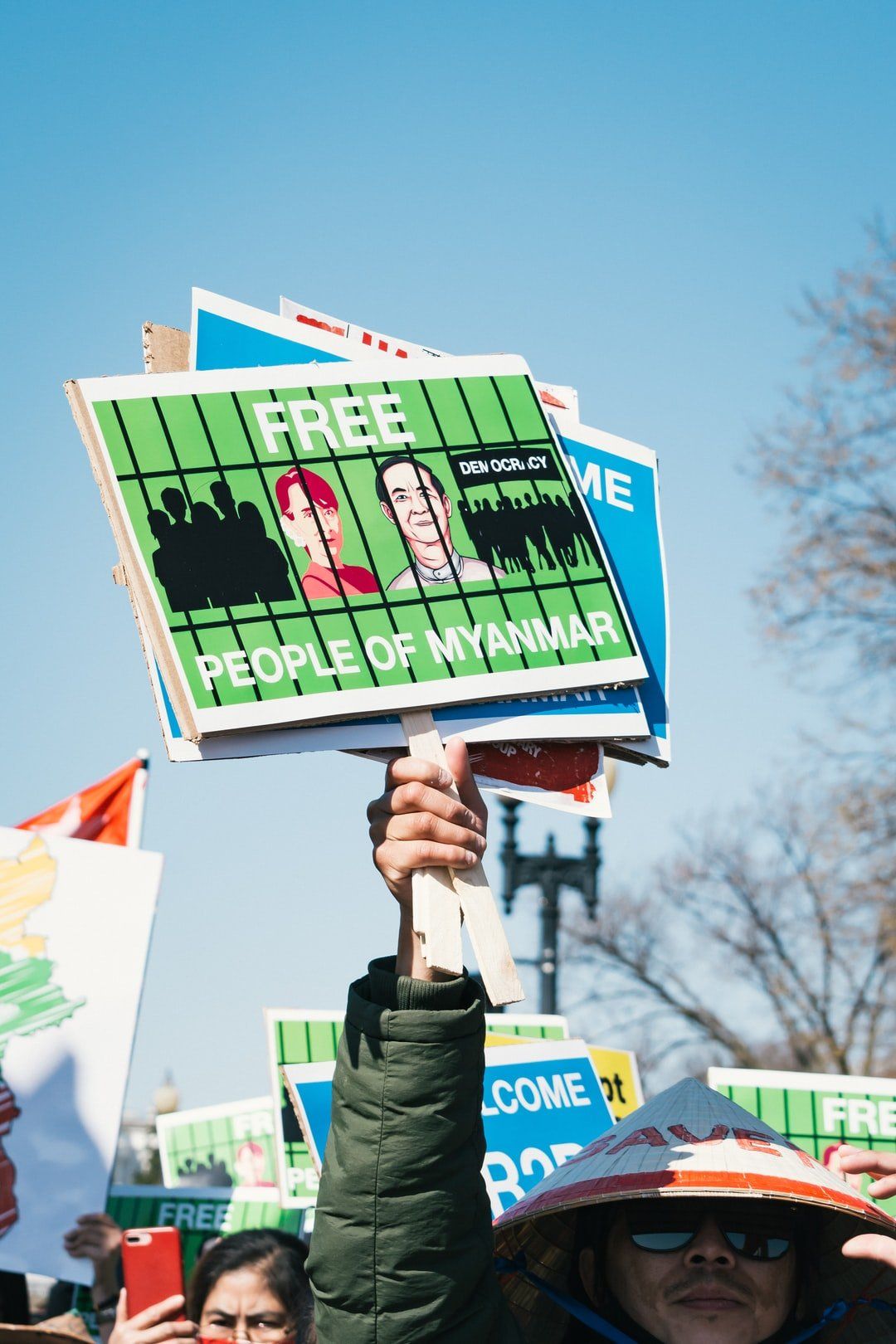NEUROSCIENCE
I didn’t do it, my brain made me do it
In the past two decades, as significant advances in neuroscience have ameliorated our understanding of brain structure and function, along with increasing advancements of brain imaging techniques and state-of-the-art analytic tools, neurocriminology, the study of biological factors contributing to crime, has resurfaced.
By Tereza Bountioukou
April 11, 2021
From phrenology to neurocriminology
Nowadays dismissed as pseudoscience, phrenology - from the ancient Greek φρήν (mind) and λόγος (knowledge) - established by Franz Joseph Gall, constituted man’s first attempt to trace specific behaviour or personality traits to brain morphology. Even though substantially problematic and often used to justify superiority against “lesser races'', the study of phrenology was surprisingly the first to advocate the idea of rehabilitation of criminals in favour of punishment. Influenced by Gall’s research, Cesare Lombardo, the nineteenth-century Italian criminologist and advocate of biological determinism – the idea that all human characteristics are determined by hereditary factors - , supported that criminal behavior was in fact inherited and “born” criminals could be identified by primitive, ape-looking physical features, e.g. asymmetry of the face, prognathism, etc.
As expected, in the following years, the development of human thought and the emergence of the sociological theory of crime and epigenetics, shifted attention away from the biological roots of criminal behaviour. In the past two decades, as significant advances in neuroscience have ameliorated our understanding of brain structure and function, along with increasing advancements of brain imaging techniques and state-of-the-art analytic tools, neurocriminology, the study of biological factors contributing to crime, has resurfaced. Although most neurocriminologists agree on underlying biological factors as the primary causes of aberrant behaviour, they nonetheless don’t undermine the significance of social and environmental factors.
The ever-changing concept of criminal responsibility
The identification of a neural basis behind criminal behavior has raised a reconsideration of the crucial issue of criminal responsibility. As Richard Dawkins states, “A truly scientific, mechanistic view of the nervous system make[s] nonsense of the very idea of responsibility”. On the contrary, others believe that such scientific evidence can help establish criminal responsibility and aid the prosecution of crime. In hope of a reformation of the criminal justice system, Sapolsky emphasizes the need of treatment, not punishment, and envisions that neurocriminology will bring a “world of criminal justice in which there is no blame and only prior causes”.
Recent advancements in neuroscience have changed our perception on various societal issues; for example, drug addiction is considered from being a personal responsibility before to a multi-faceted disease now. The novel interdisciplinary field of neurolaw attempts to address this change of public perception of crime and how it may affect practices in the legal system, either to predict or convict crime. Despite the growing interest in this field, it is important to comprehend the limits of the neuroscientific tools available and draw the line between scientific facts and what is termed as normative in legal and social practices.
The mind of a psychopath deciphered
The first case to suggest the brain’s role in determining personality occurred due to Phineas’ Gage extraordinary case study. In 1848, Gage, an American railroad worker was accidentally involved in an accident, resulting in an iron rod penetrating his left prefrontal cortex. According to descriptions of the time, he turned overnight from a kind, reliable man, to a disinhibited, unreliable individual. Since then, further research into the prefrontal cortex links damage to it with antisocial behaviour and impaired impulse control.
It is important to consider that as a society we do not punish violent acts altogether but we punish them in the wrong context and the prefrontal cortex (PFC) has been proven to be involved in learning and imposing context. Research has shown that the main role of the PFC is to bias the individual into doing the harder rather than the easiest thing; essentially the backbone of our civilized society. Rats possessing a lesioned PFC, compared to normal rats, are unable to postpone their gratification to get a bigger food reward after some delay and instead opt for the most impulsive choice of instant gratification but lesser reward.
Research conducted by Adrian Raine, one of the first neuroscientists to investigate psychopathy using neuroimaging, highlights the starring role of the prefrontal cortex and its association with the impaired emotional processing in psychopaths and individuals exhibiting antisocial behavior. Although Raine is enthusiastic about the promising possibilities of neurocriminology in the future, he acknowledges that our exaggerated reliance on neuroscientific evidence could introduce dangerous implications to our free will agency. As an alternative, he proposes that neuroimaging can be best employed to support partial responsibility of guilt and possibly implement mitigating factors in the courtroom.
Neuroscience in the courtroom
One of the most memorable instances of bringing up criminal responsibility was the McNaughton insanity defence rule that first appeared in the 19th century. This test of insanity requires that the perpetrator, because of some mental disease, was unable to understand the nature or quality of the act that he or she performed, or did not know that the act was wrong. This rule was heavily criticized, mainly about its dismissal of impaired volition in certain mental health cases. Now that our understanding of the PFC and its role in regulating behavior is developed, we can understand how an individual that is frontally damaged may be able to differentiate between what’s right or wrong, but unable to act upon that knowledge.
A more recent case of neuroscientific evidence used to influence court decision was the Roper vs. Simmons case that was considered by many as signifying a new era of neuroscience applied in the courtroom. In 1994, Christopher Simmons, 17 at the time, brutally murdered a young woman and was not sentenced to death because of an appeal of the defence to neuroscientific evidence regarding the immaturity of the adolescent brains, citing the lack of complete myelination of cortical neurons in adolescents. While advocates for juveniles saw this as a triumph, other neuroscientists and psychologists believed that neurolaw was turning in the wrong direction.
Stephen Morse in what he highlights as the
“brain overclaim syndrome”, meaning the increasing attempts of neuroscientists to find causation of behaviour using imaging techniques, when in fact they don’t know causation. For him, neurolaw should not bring disputes regarding criminal responsibility or function in an exculpatory way; ‘to treat persons otherwise is to treat them as less than human’.
Tereza Bountioukou is currently pursuing her Bachelor’s Degree in Neuroscience at the Universe of Bristol. She has volunteered in Ithaca Laundry and has organized a fundraising event to raise funds for Steps in an attempt to alleviate poverty and improve the lives of people living in street conditions. She is a member of the British Neuroscience Association (BNA) and Data Science Society of the University of People. She has been awarded the Bristol PLUS Award for her extracurricular activities. She is fluent in English and Greek and advanced in French and Spanish.
Read More


Watch Our Episodes





